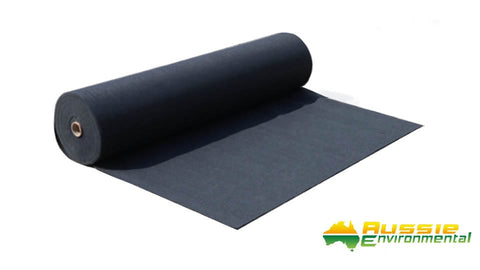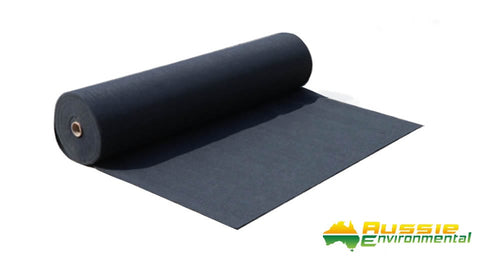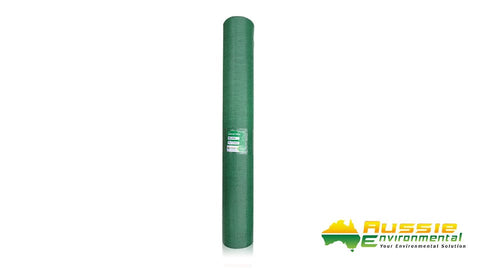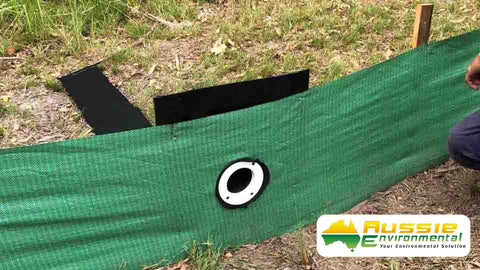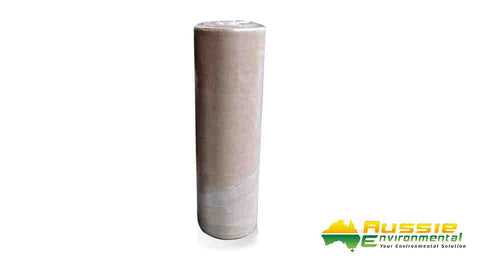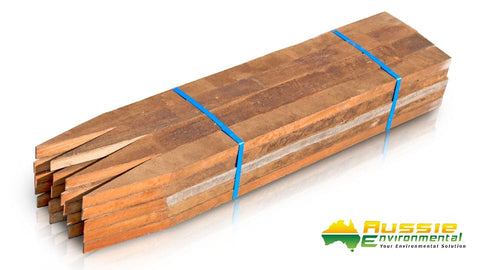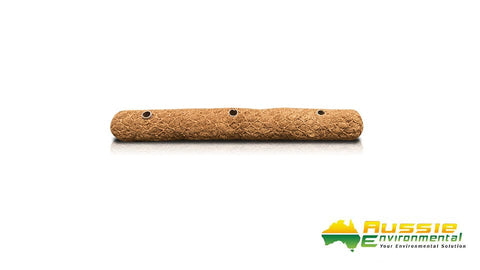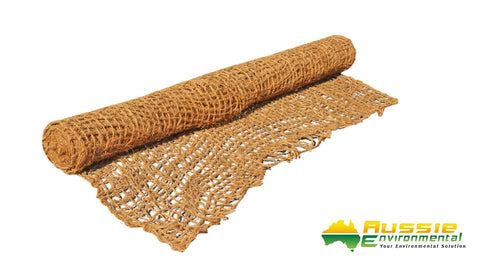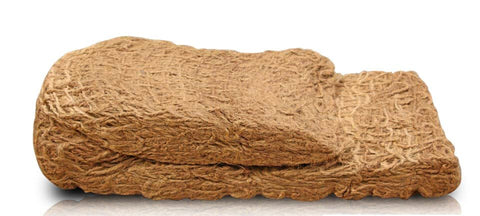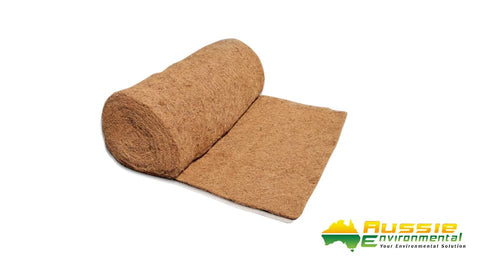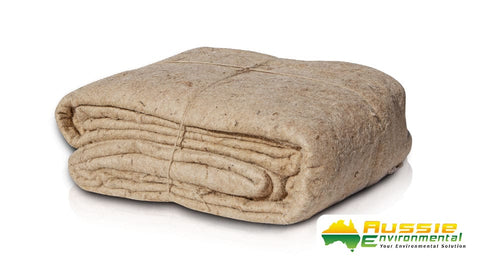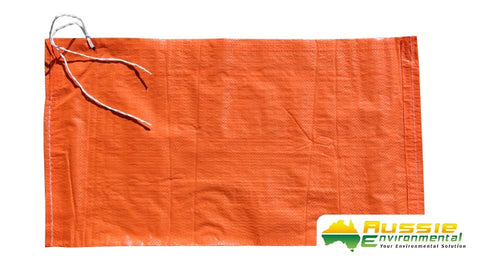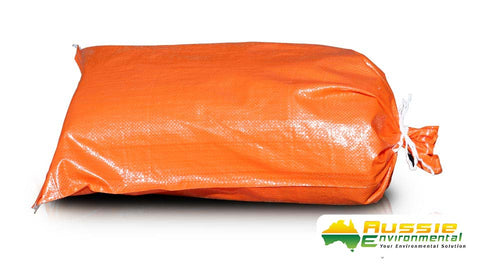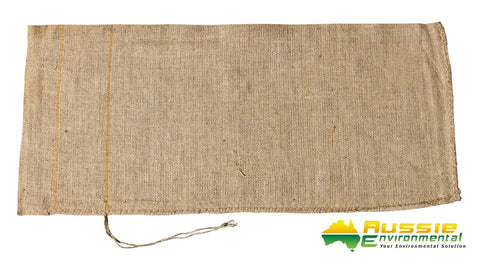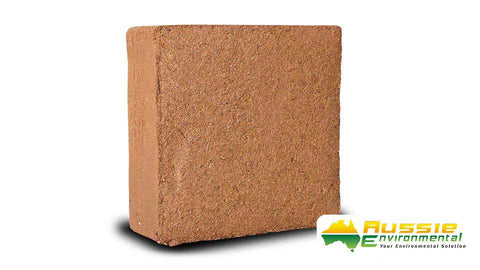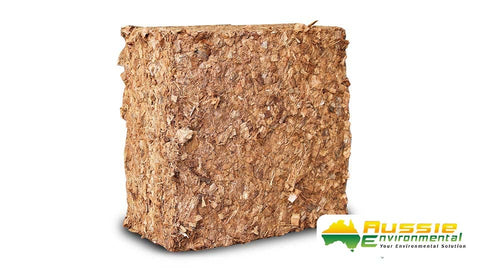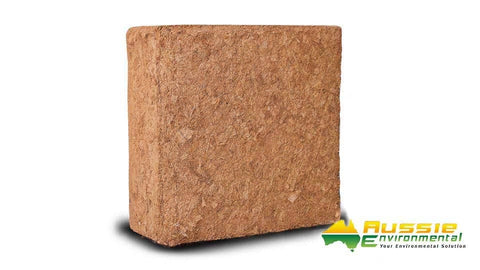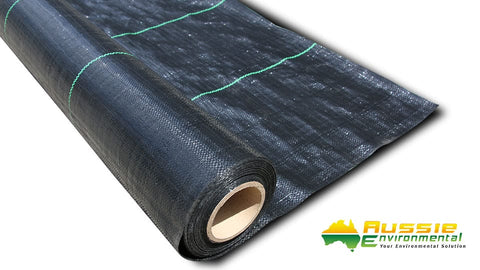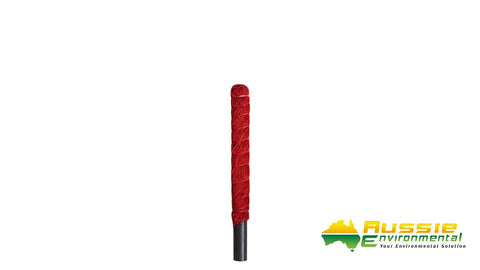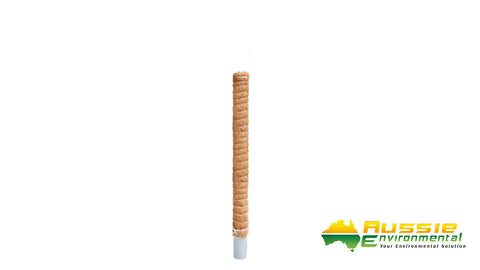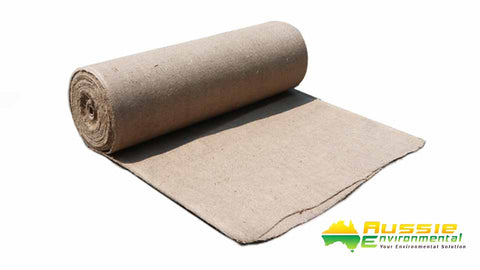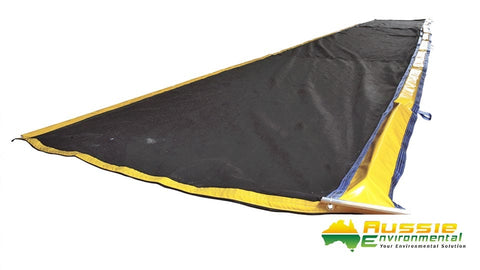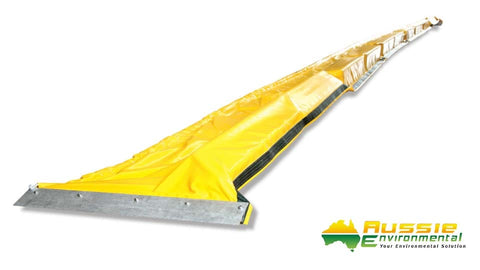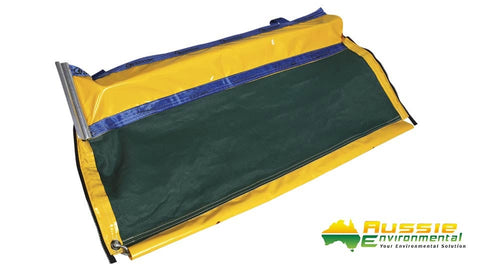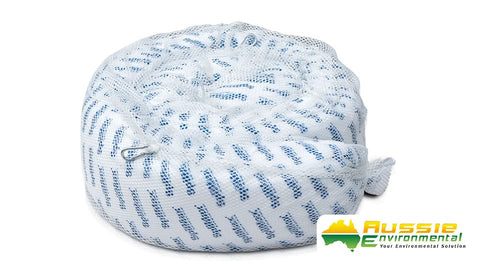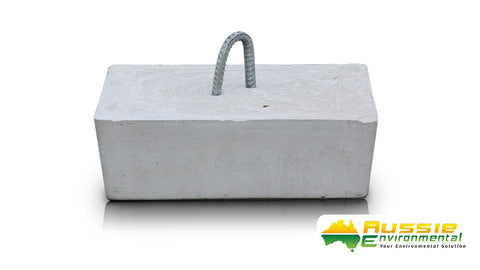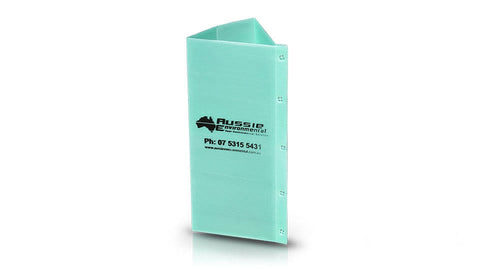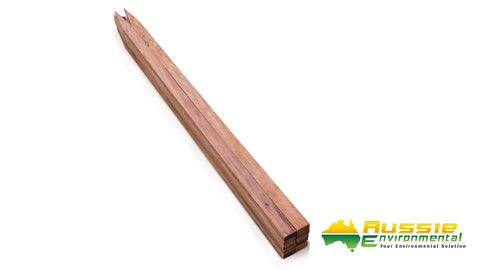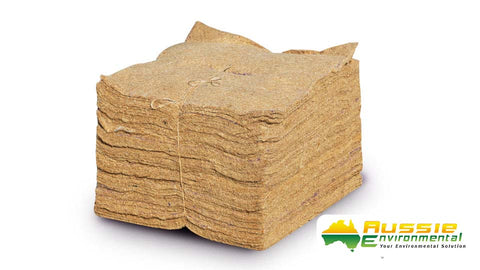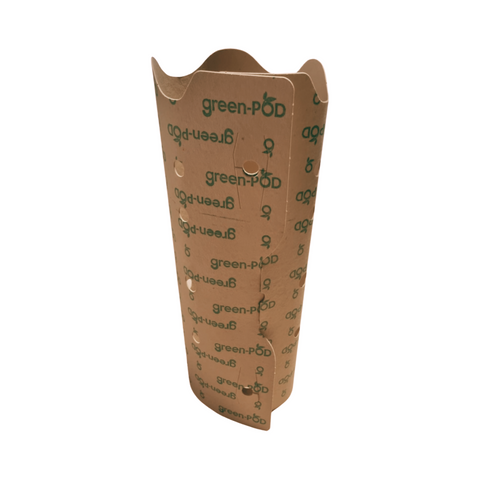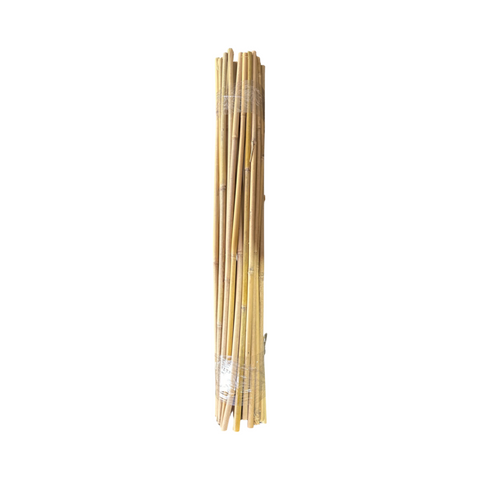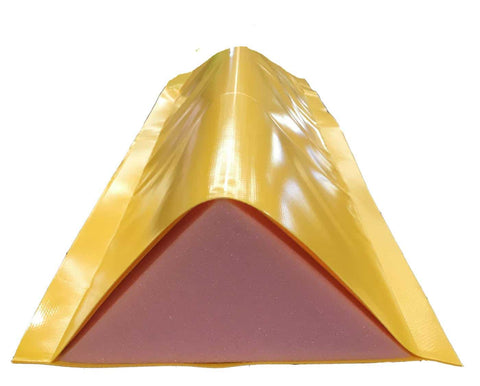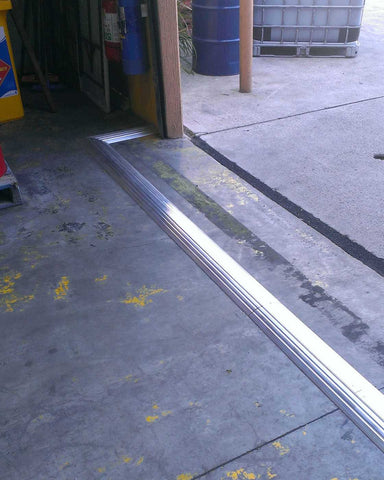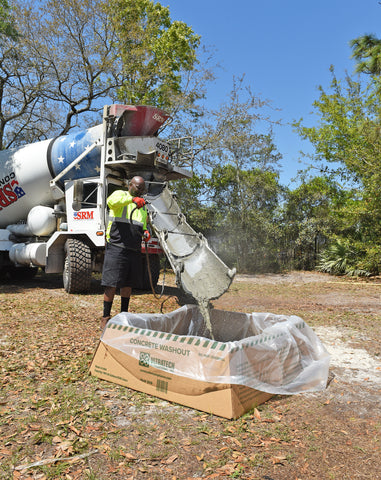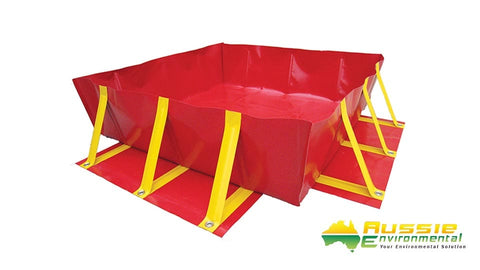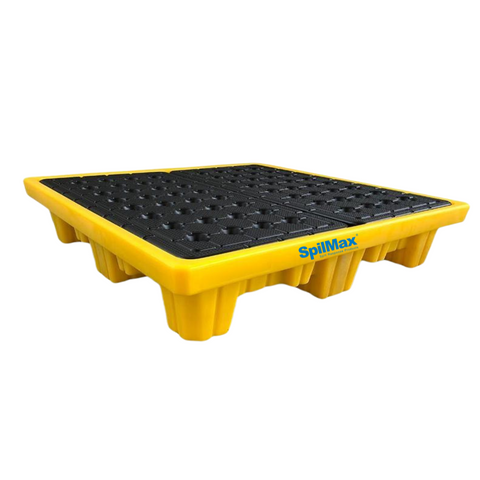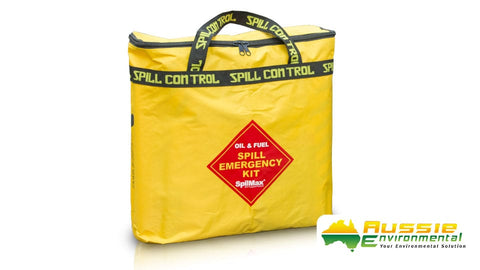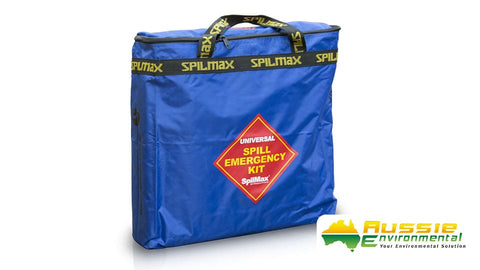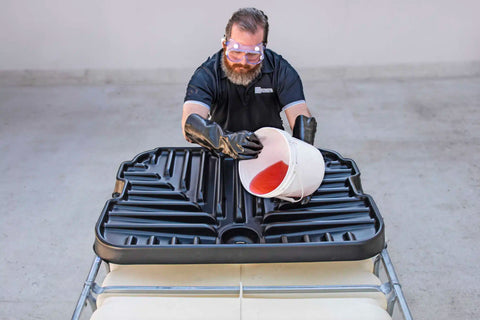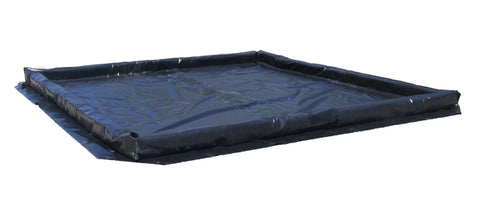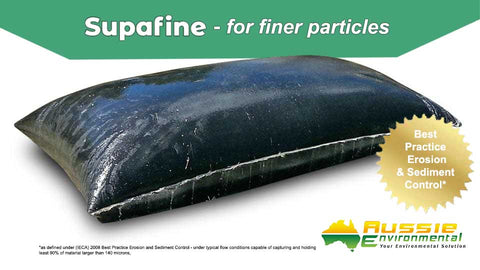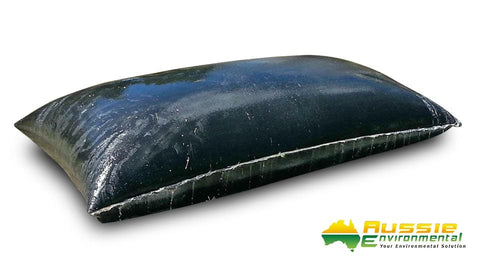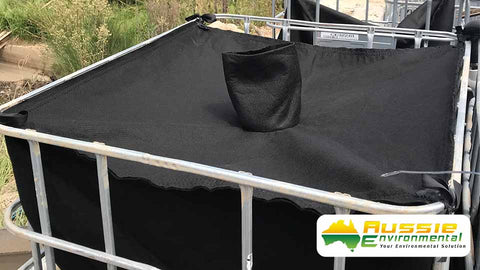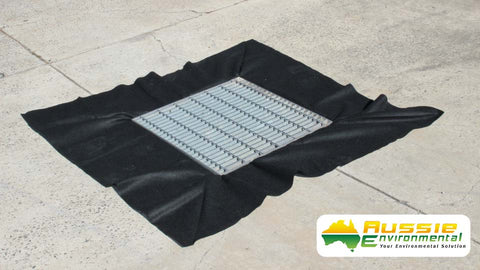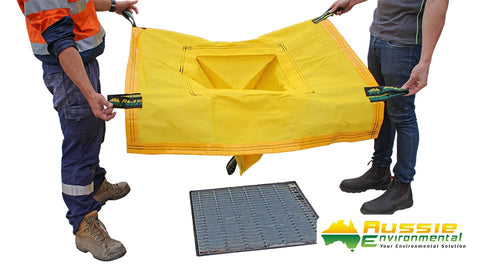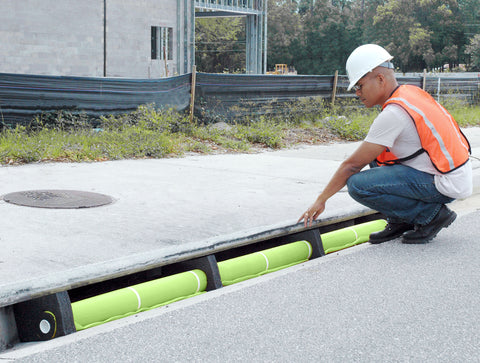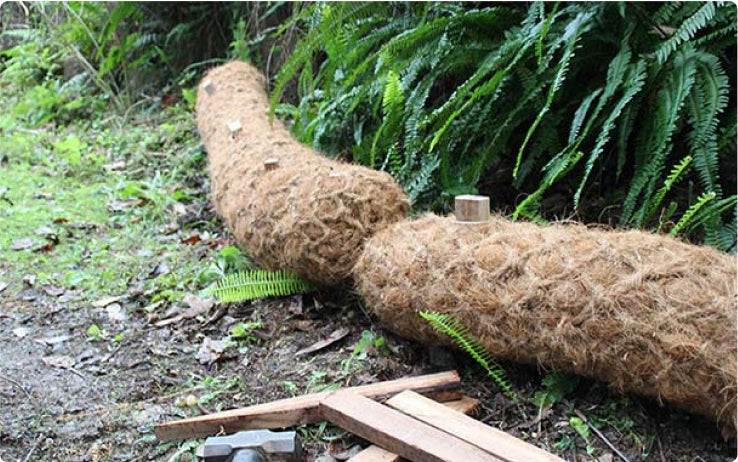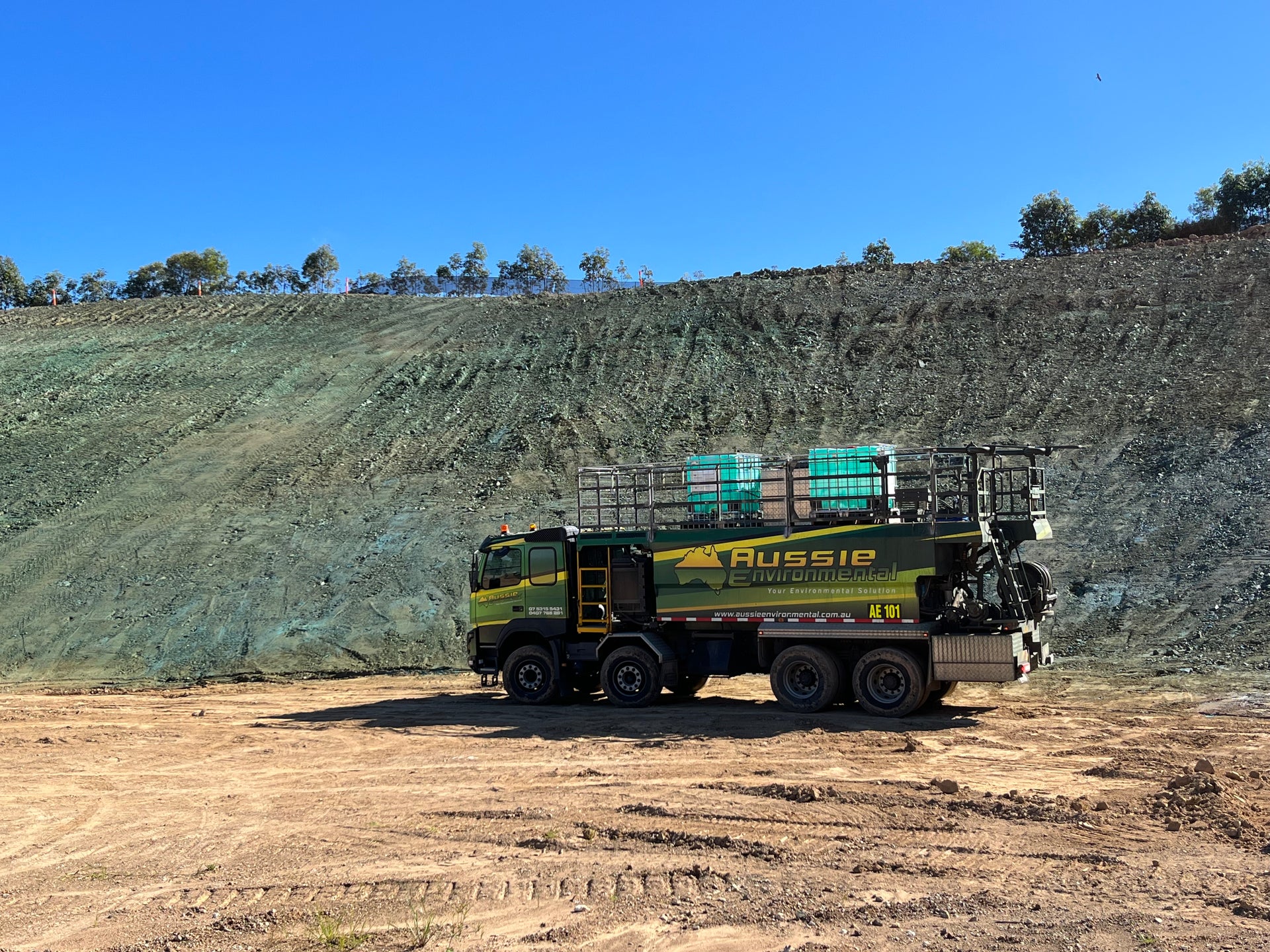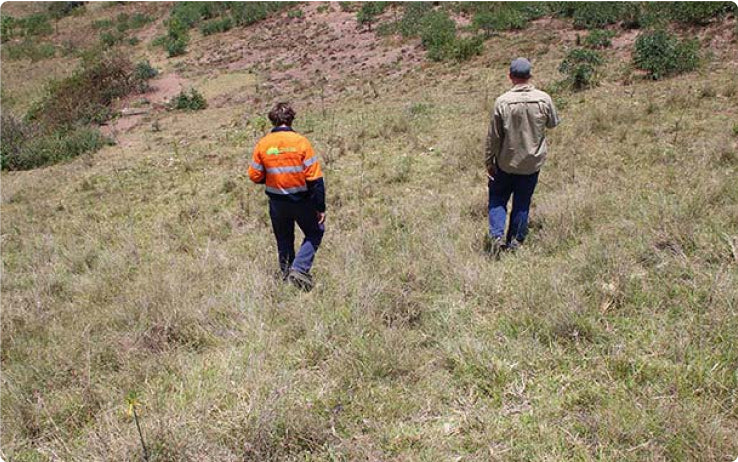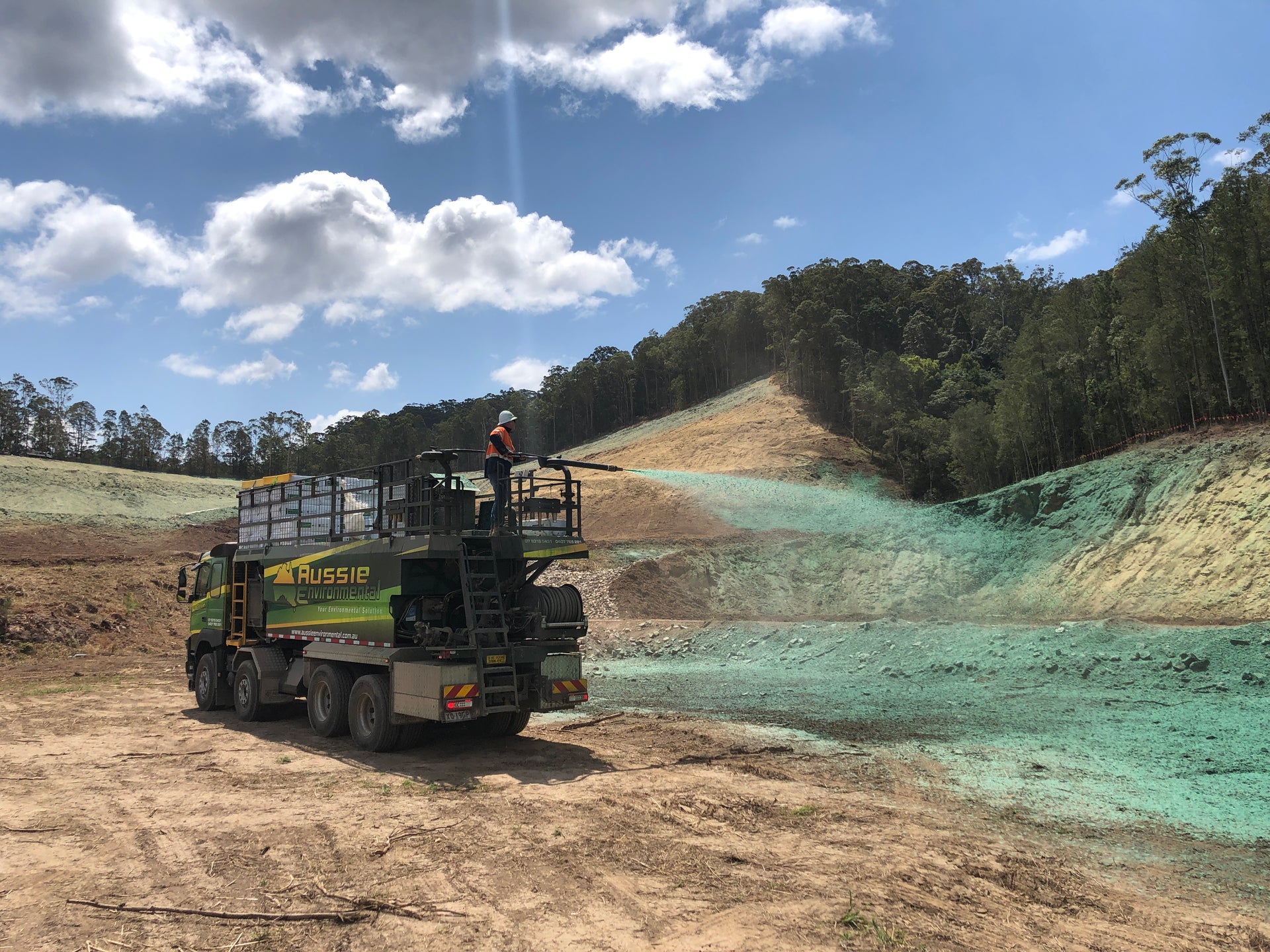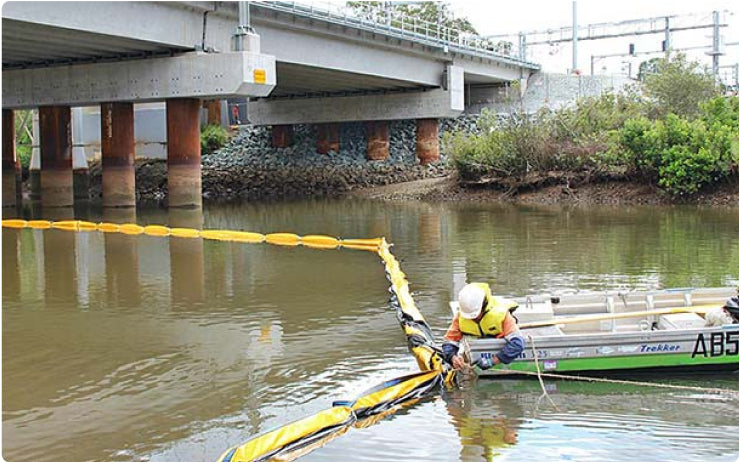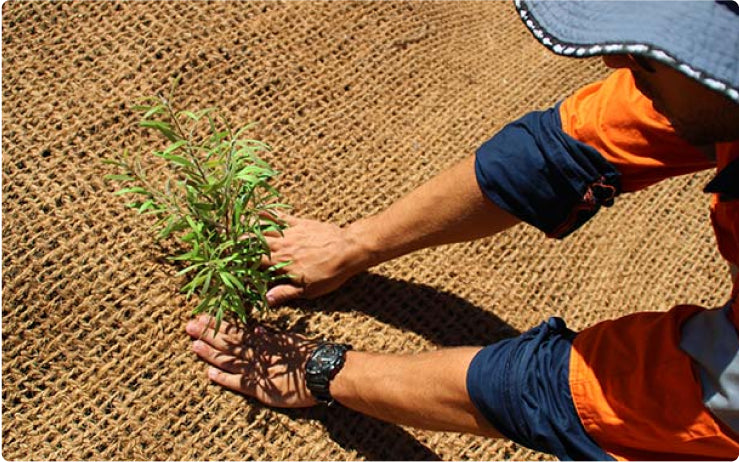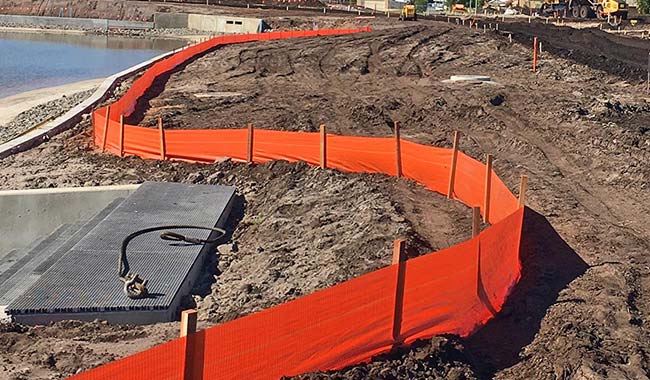The Importance of Silt Fences in Controlling Sediment Runoff

Soil erosion on construction sites and other areas where land is disturbed can be a big problem. Heavy rainfall, in particular, can wash away soil and cause sediment to block streams and pollute water sources.
The result is that not only can activity on sites be disrupted and productivity reduced, but environmental regulations will not be complied with. This can mean that heavy fines are imposed, expensive clean-ups may need to be undertaken, and progress may even be stopped completely until the problem is resolved. All this can be avoided with proper planning and preparation that includes the installation of silt fences.
How a Silt Fence Works and What it Achieves
A silt fence is a sediment control barrier that comprises lengths of woven fabric that are placed at strategic points around a site where the land is disturbed and prone to movement. This applies particularly on slopes and areas where water will flow, and is essential when heavy downfalls of rain occur, such as during severe storms and cyclones.
The fence is held in place by stakes driven into the ground, and its main purpose is to control stormwater runoff. The fabric will hold back sediment, such as soil, silt and other debris, and helps prevent it from moving off-site and polluting waterways.
Once in place, a silt fence will:
- protect the local environment by trapping sediment and preventing it from being carried away from the site
- ensure the operation of your site complies fully with local and national regulations regarding sediment control
- provide a cost-effective means of preventing erosion and minimising environmental damage, especially when compared to the financial penalties that can result from non-compliance.
A silt fence is intended to be a temporary control measure and should be removed once work is finished and the site has been stabilised. This allows the land to return to its natural state and prevents the fence from becoming clogged and overwhelmed by debris. Some fences are made from biodegradable materials and so will naturally decompose once the fence has served its purpose.
Installing and Maintaining a Silt Fence Correctly
Silt fencing is generally recognised as one of the most effective methods of sediment control, but will only be fully efficient if you use quality material that will endure for the length of site activity, install it correctly and ensure it is properly maintained. To do this:
- Site the fences along land contours, focusing on areas where runoff is most likely, so that the water flow is intercepted. Avoid areas such as ditches where there is a concentrated flow of water that will prevent the fencing from functioning properly.
- Make sure the bottom of the fence is buried at least 200mm deep in the soil so that water and its sediment content cannot flow below it.
- Maintain the position of the fencing by driving stakes securely into the ground to prevent movement.
- Inspect the fence regularly and particularly after heavy rain to check for damage and ensure it is working correctly. Any fabric tears, loosening of stakes or undermining of the fence need to be repaired promptly to preserve its effectiveness.
At Aussie Environmental, we supply quality silt fencing and the components needed to install it. We can also handle the installation and provide all the advice you need regarding its best use, so contact us today. Our extensive knowledge and experience of environmental and erosion solutions will ensure effective sediment control.




